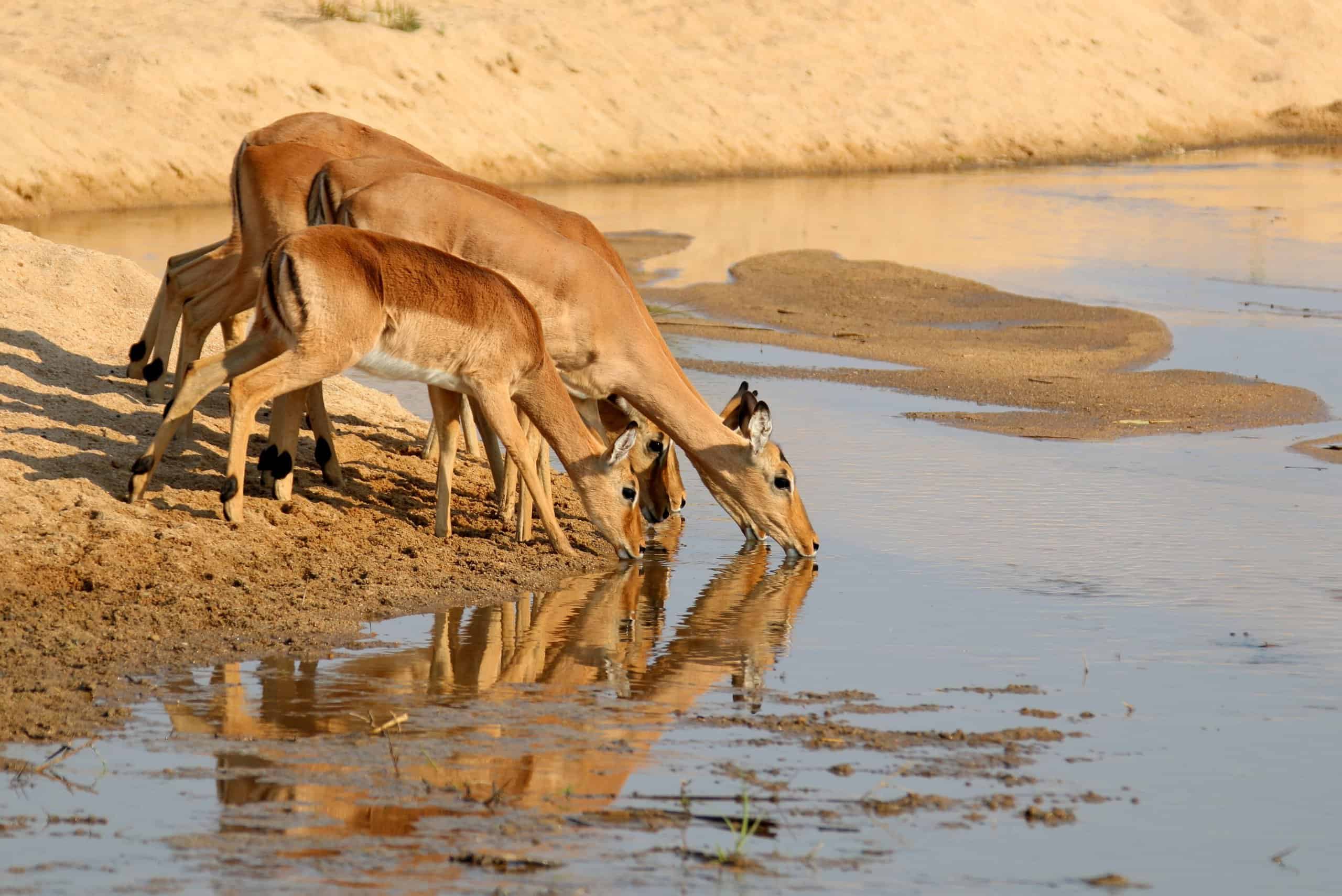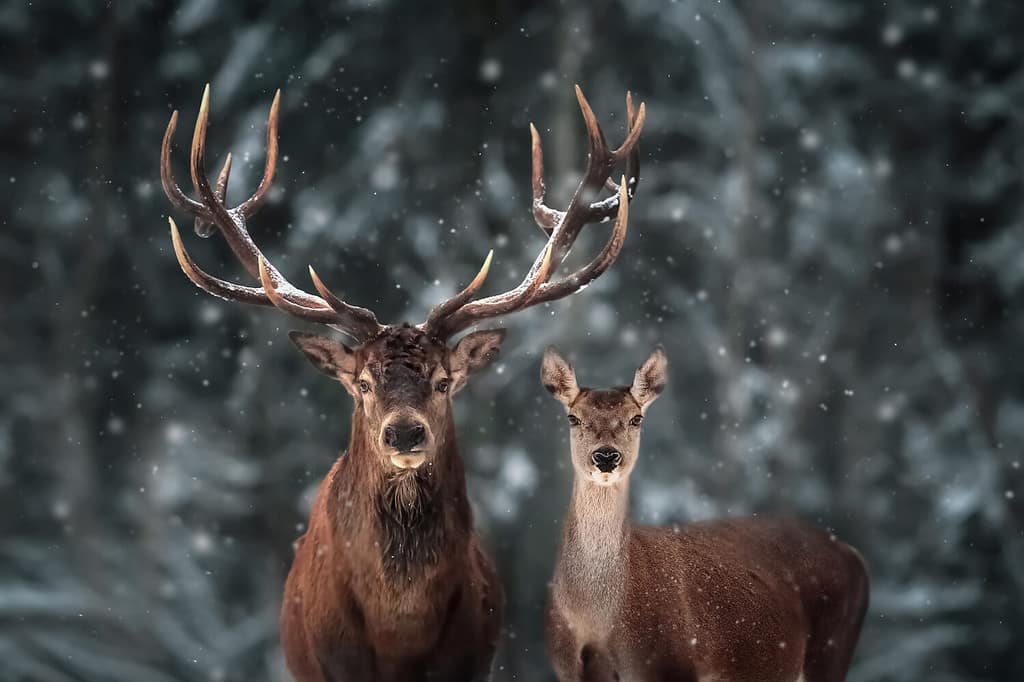Continue reading for our analysis...

Deer are likely some of the most commonly known animals, being widely depicted in pop culture and media throughout time! In comparison to the love and adoration we show deer, many animals find them to be an extremely tasteful prey animal. Due to this, they are constantly hunted by predators on land and in water alike. Take a look at the video below which shows a herd of deer being attacked as they cross a river by some hungry crocodiles.
The clip shows a large group of deer trying to cross a vast river. Five are confident enough to start the journey through the water, and they begin to stride into the depths. After a few uninterrupted seconds of them traveling across the river, a few hungry crocodiles come onto the scene, attempting to make a quick meal of the deer.
Some of them can escape further down the river, but a few unfortunate members are grabbed and dragged under by the crocodiles. In another clip, we can see some scared deer trying to cross as quickly as possible, but they too fall prey to the jaws of the hungry crocodiles.
What Is an Average Deer’s Lifespan?

Each species of deer has a unique lifespan average usually dictated by their predator-prey interactions.
©Ondrej Prosicky/Shutterstock.com
Lifespan typically varies among the various species of deer. Different species are subject to different threats, such as changing climate conditions or voracious predators. They are an extremely hunted species by both humans and animals alike, which typically means that they have a short lifespan.
According to most sources, the average deer will live about three to six years in the wild. This shockingly low number is usually due to the high volume of human-related hunting that occurs yearly. There have been recorded cases of deer living to 7-10 years of age in the wild.
When Do Deer Mate?

Deer will mate in the fall, typically around September to November.
©Delbars/Shutterstock.com
Like many other mammals, deer will mate in the fall, typically around September to November. During this period, they become more active and present in a given area. This is because they are desperately in search of mates. Likewise, this increase in their presence is why hunting often takes place in October.
After mating, deer have a gestation period of roughly 200 days or seven months. The length of gestation also varies between species. Larger species tend to have longer gestation periods on average.
After carrying their children to term, mothers will give birth to anywhere between one and three calves. Deer birth typically takes place in the springtime, between May and June. Young calves follow their mothers around to get assistance with foraging and learning how to survive the dangers of nature!
Is It Normal for Deer to Cross Rivers or Swim?

Did you know that every type of deer knows how to swim?
©Ivonne Wierink/Shutterstock.com
Deer are known to be graceful and agile, able to traverse vast distances in a single bound. Their normal behavior includes grazing, foraging, and running from predators. They are also known to be timid and shy, which is why it is not uncommon to find them in wooded areas.
In terms of diet, deer are primarily herbivores and will consume a wide variety of plants and leaves. This includes grasses, shrubs, and fruits. Deer are also known to feed on tree bark, moss, and fungi.
When it comes to movement, deer are known to travel long distances, either alone or in groups. They are also known to move around their home range, which is the area they live in and feed on. This allows them to find new sources of food.
Another notable behavior of deer is their ability to swim or cross rivers. While it is uncommon for deer to swim, they can do so if necessary. This can be necessary for them to escape predators or to find new sources of food.
Thank you for reading! Have some feedback for us? Contact the AZ Animals editorial team.







